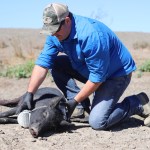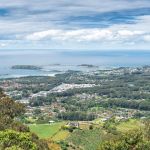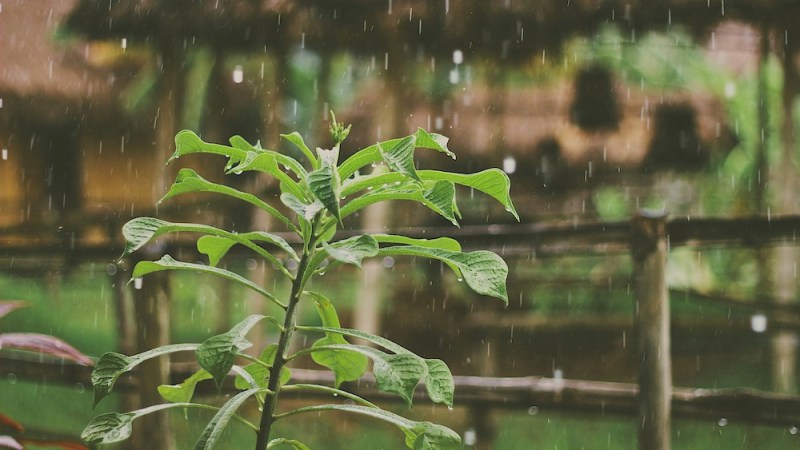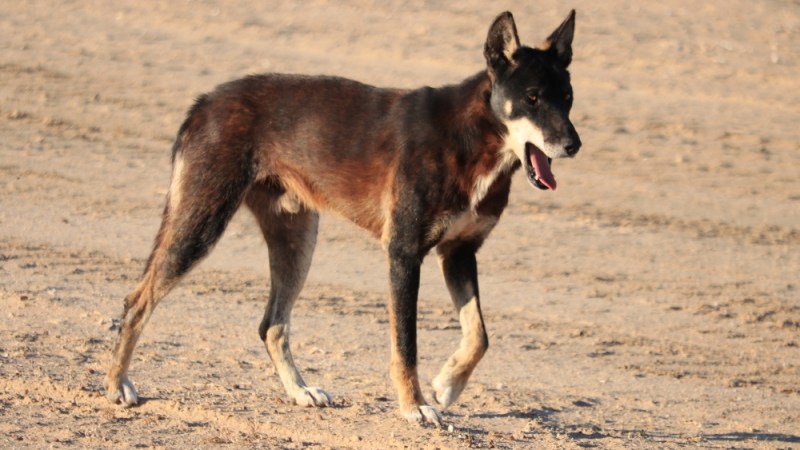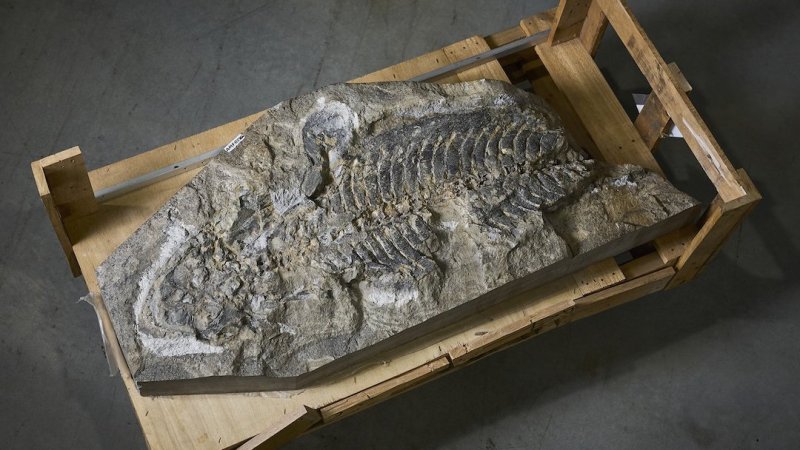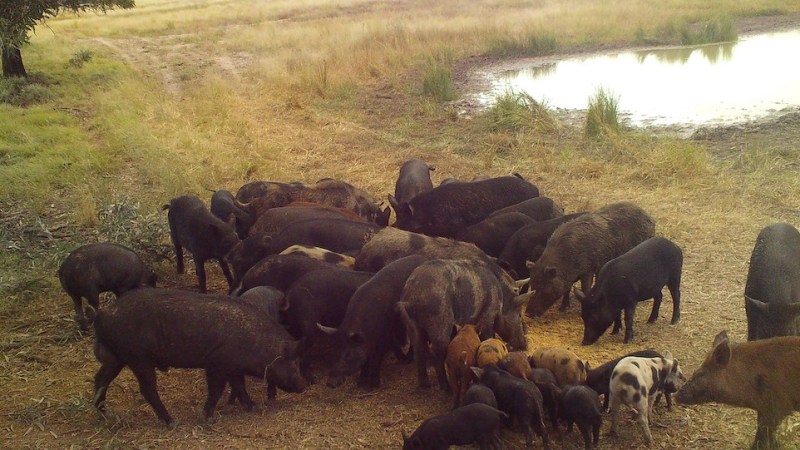Feral pigs have long wreaked havoc for Australian landholders, despite ongoing efforts to control them.…
Feral pigs in the state election space
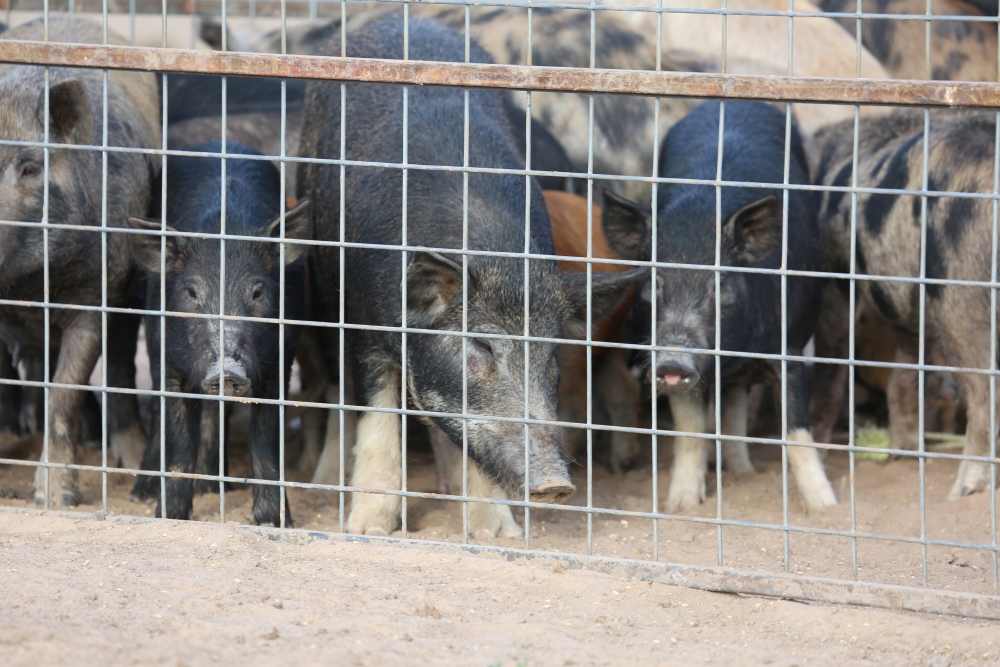
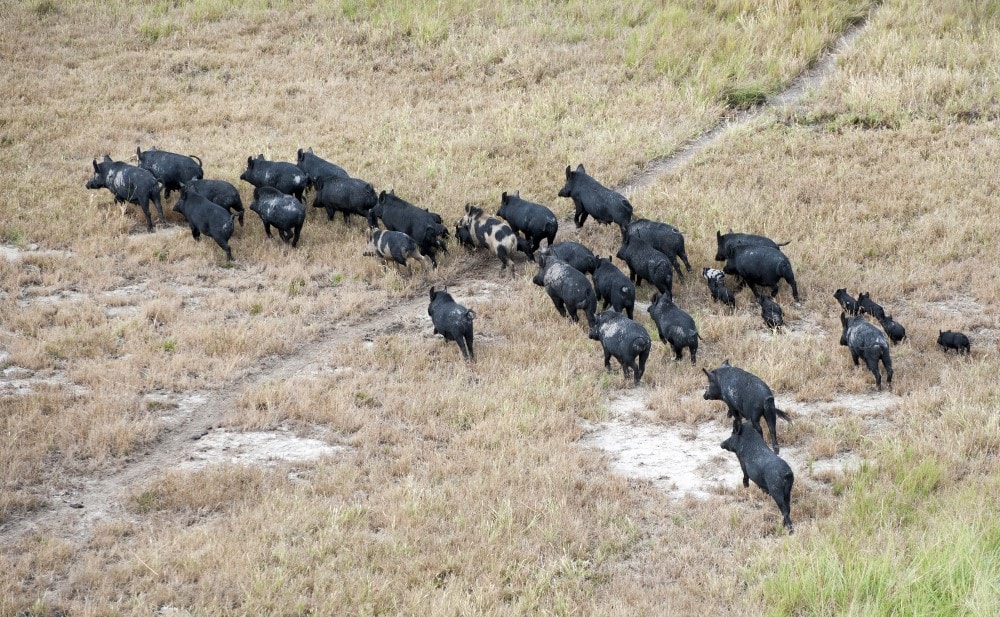
Farmers in northern NSW say feral pig numbers on public lands have swelled despite the culling of around 20,000 of them across the state last year.
More than 34,000 hoofed feral animals – including pigs, deer and goats – have been culled through coordinated programs since November. Seasonal conditions, however, have been ideal for feral pigs to wallow and breed like rabbits.
“There has been plenty of water and plenty of food for feral pigs in NSW,” says National Feral Pig Management Coordinator, Dr Heather Channon. “Unfortunately, the other bonus for feral pigs is the wet weather has disrupted some control programs and on-the-ground measures such as trapping.”
“Actual population numbers are unknown. It may have started from a low base in NSW, but we have heard that they have increased rapidly after three years of wet weather.”
NSW Farmers member Peter Mailler said he was still seeing them run across his front lawn at North Star.
“They’re doing enormous damage to property and the numbers are as bad as I’ve ever seen them,”
North Star farmer Peter Mailler
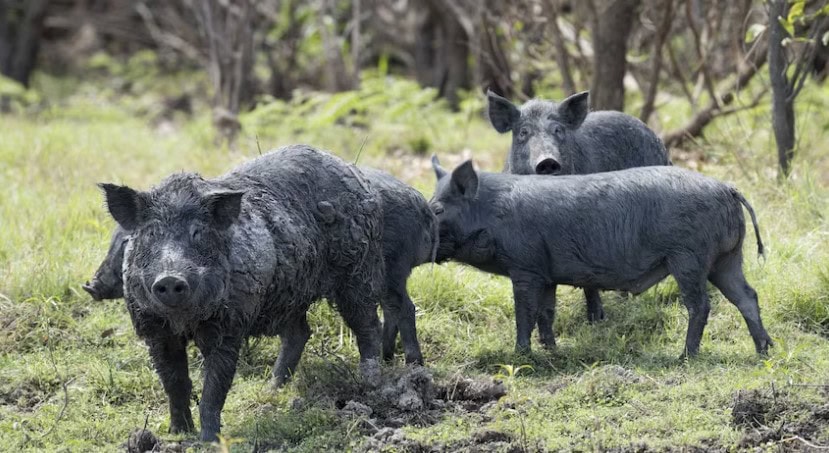
Peter said feral pigs present a huge biosecurity risk if not controlled.
“We need effective pest control management plans with the resources and commitment of all parties to tackle feral pests and weeds so we can get on top of them and stay on top of them,” Peter said.
“Farmers can’t do this individually – pigs and other pests don’t respect property boundaries. The state needs to ramp up efforts and do the job properly.”
According to the NSW Government, feral pigs are a “key threatening process” as they spread weeds and disease, hunt native animals and damage the environment. They also pose a problem for farmers as they prey on newborn lambs, eat and destroy grain crops and pastures, and damage fences.
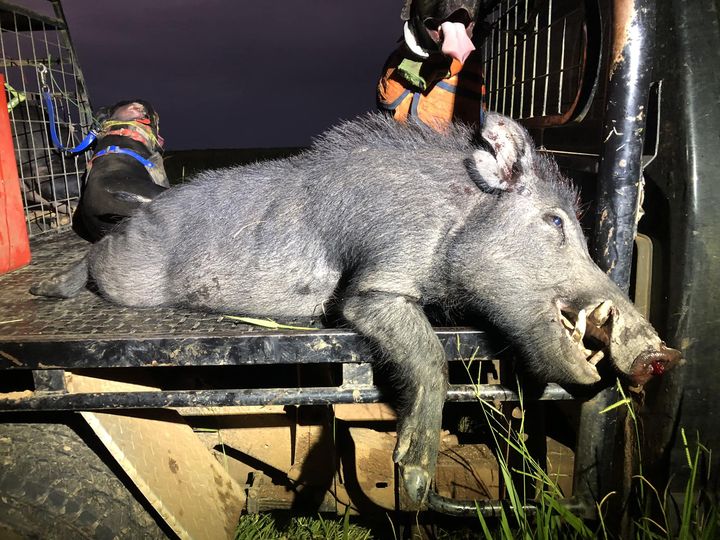
Tamworth sheep producer Norm Thomas said he lost 120 lambs this year alone – estimated to be worth about $24,000 – to feral animals, and agreed there needs to be a major control effort.
“We’re not sure if they were killed by pigs or wild dogs, but I’m pretty sure they were pigs,” Norm said. “The problem here is that not every landholder wants to do their part in controlling pest animals, but that just gives them safe country to breed in.
“You hear these politicians talk about the importance of biosecurity, and yet they allow this huge biosecurity threat to run roughshod across the state.”
Feral pigs enjoy public land
Bronwyn Petrie from the NSW Farmers Conservation and Resource Management Committee said while farmers were active in trying to control pest animals and weeds on their properties, a lack of effective control on public lands was undermining their efforts.
“Farmers know that’s where the pigs are breeding because we see them coming onto our farms from public lands,” Bronwyn said.
“Yet over the past seven years there hasn’t been a single prosecution on public land managers for animal pests. Unless there is an urgent and coordinated control effort on all land – public and private – this problem will only get worse.”
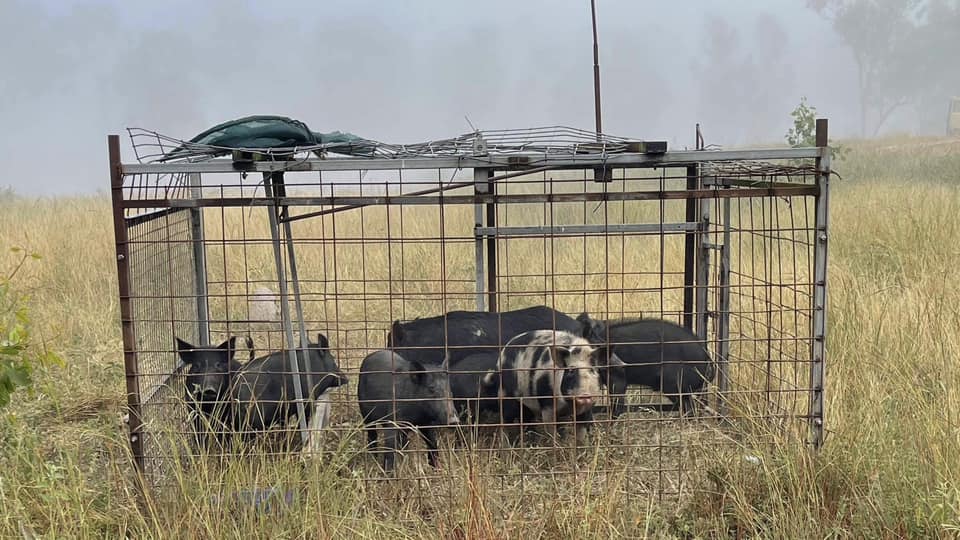
Bronwyn said NSW Farmers had called for a commitment from both sides of politics to tackle the issue, by establishing an independent Natural Resource Regulator to coordinate and enforce management of public lands. This includes National Parks and other Crown lands and sustainable funding to Local Land Services for pests and weeds management to build long-term resourcing certainty.
“The agencies and organisations are there, the rules are there, there just need to be resources and enforcement,” Bronwyn said.
“Regardless of who owns a piece of land, everyone has a responsibility to do their part in keeping pests and weeds under control. We can see huge problems on the horizon if we don’t do this job properly.”
The Invasive Species Council agrees and has called for dedicated state-wide feral pig and feral deer coordinator roles as part of its state election policy platform released last week.
The Council is also advocating for an additional 300 frontline pest and weed officers across the National Parks and Wildlife Service, Local Land Services, the NSW DPI and local government.
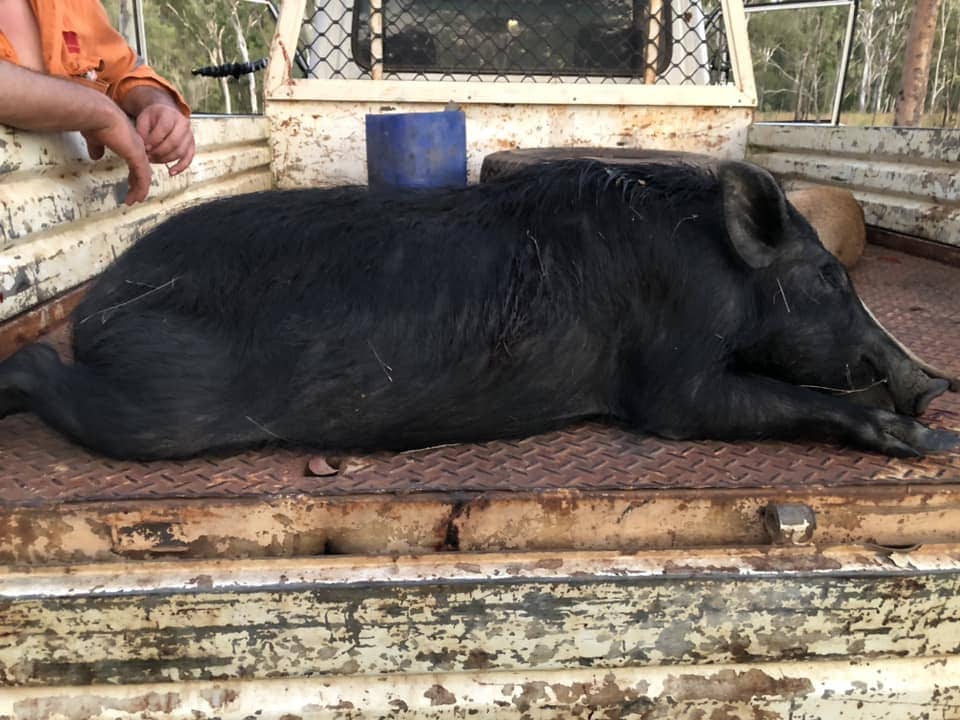
“NSW is facing an invasive species crisis due to the cumulative effect of recent natural disasters, climate change, underfunding, and a lack of political will,” said advocacy manager Jack Gough.
Jack said feral pigs and other pests are also a key threat to the environment and cultural heritage.
“Invasive species like feral pigs are the highest impact driver of extinctions, directly endangering 70 per cent of threatened wildlife and ecosystems in NSW. They degrade and damage waterways and bushland, kill native wildlife and prevent regeneration.
“Invasive species are also a direct threat to First Nations’ cultural heritage and connection to Country. Weeds, feral animals and pests lead to the destruction of sacred sites and cultural landscapes and the extinction of Indigenous totem species.”
National attack on feral pigs
Feral pigs cost Australian agriculture more than $100 million each year, destroying crops and pasture, spreading weeds and disease, preying on livestock and damaging infrastructure.
This level of widespread damage and the associated biosecurity risk prompted a $1.4 million investment from the Government in 2019 to establish a National Feral Pig Action Plan.
The National Feral Pig Action Plan 2021-2031 was endorsed by the National Biosecurity Committee after being completed in October 2021.
National Feral Pig Management Coordinator, Dr Heather Channon, said it is the first national strategy developed to reduce the impact of feral pigs on Australia’s environmental, agricultural, cultural and social assets through sustained and collaborative actions by land managers.
“We are now in the implementation phase and focusing on encouraging all land managers to work together in local groups using the best practice management techniques that are available,” Dr Channon said.
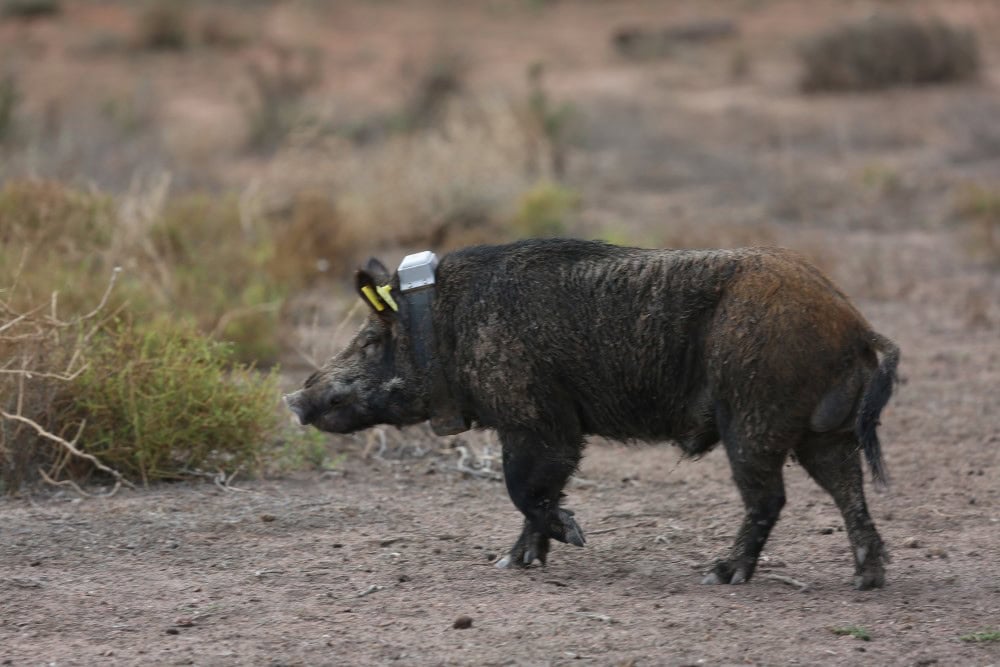
“The plan is also about sharing information about what is working and adapting new technologies into control programs.”
Dr Channon said various groups of public and private land holders are working on research and coordinated control program in different environments in all states and territories.
“In some areas such as Kangaroo Island, they are using thermal assisted culling to effectively control pig numbers. That sort of technology may not work in areas like the wet tropics where the forest canopies are thick.”
Dr Channon said cane growers in North Queensland have been using drones instead to drop mango and banana-based baits.
Dr Channon said they are also seeking further support from national, state, territory and local governments, industry groups, environmental and research organisations, private land and philanthropists to bolster the war on feral pigs.
“We have just released a prospectus for plan to attract investors to ensure longer term support and resourcing for community and landholder groups.”
More information on the prospectus at https://feralpigs.com.au/wp-content/uploads/2023/03/National-Feral-Pigs-Prospectus-3-March-2023.pdf
Read more on coordinated feral pig control efforts here.


